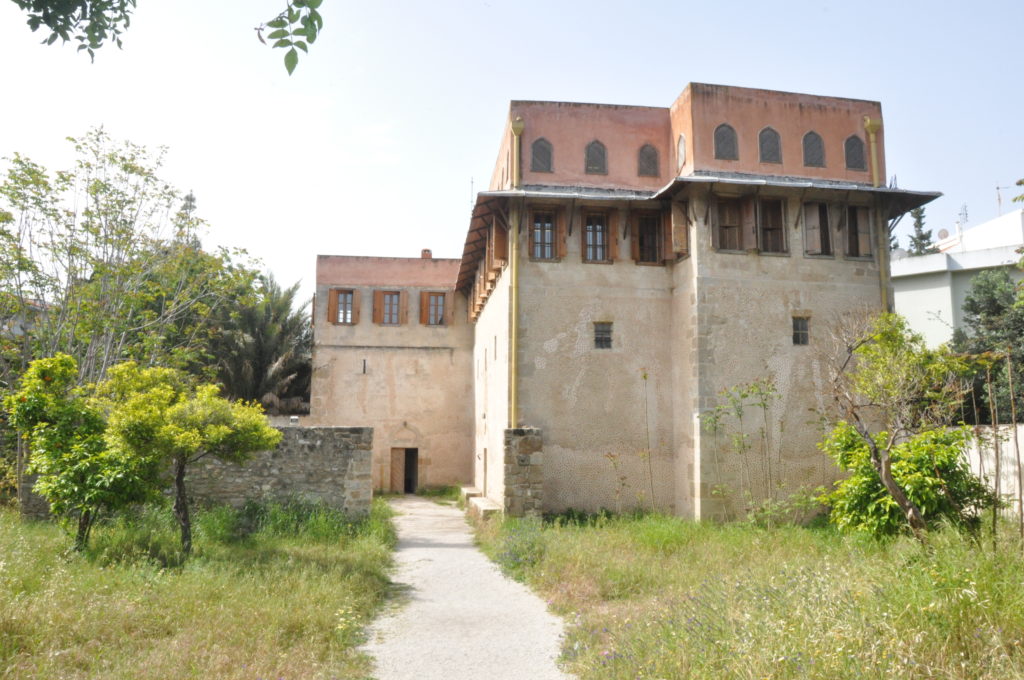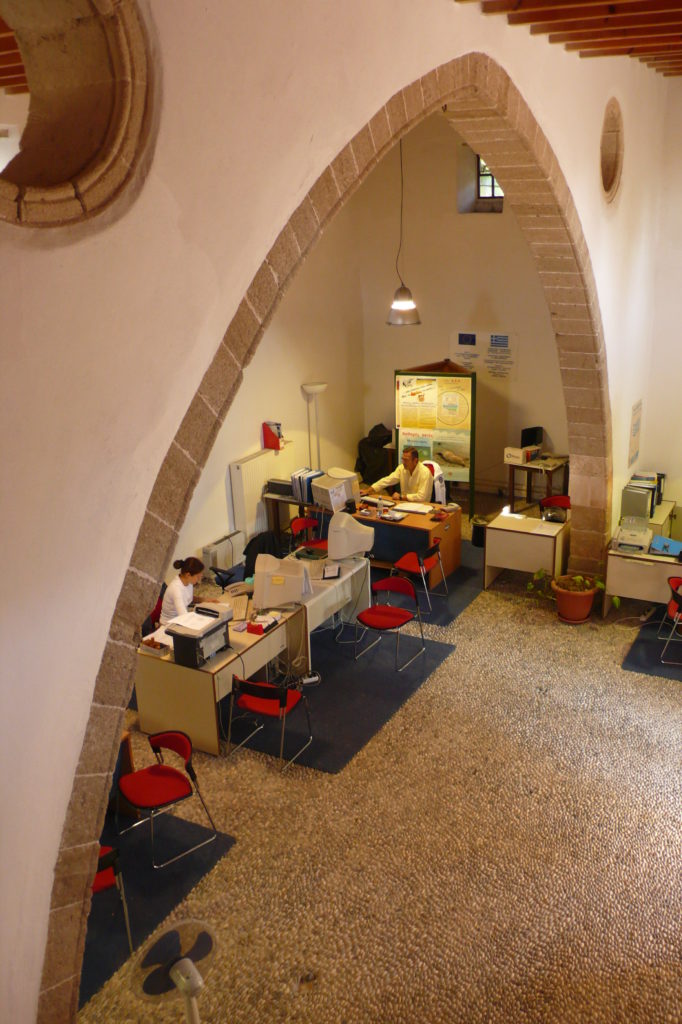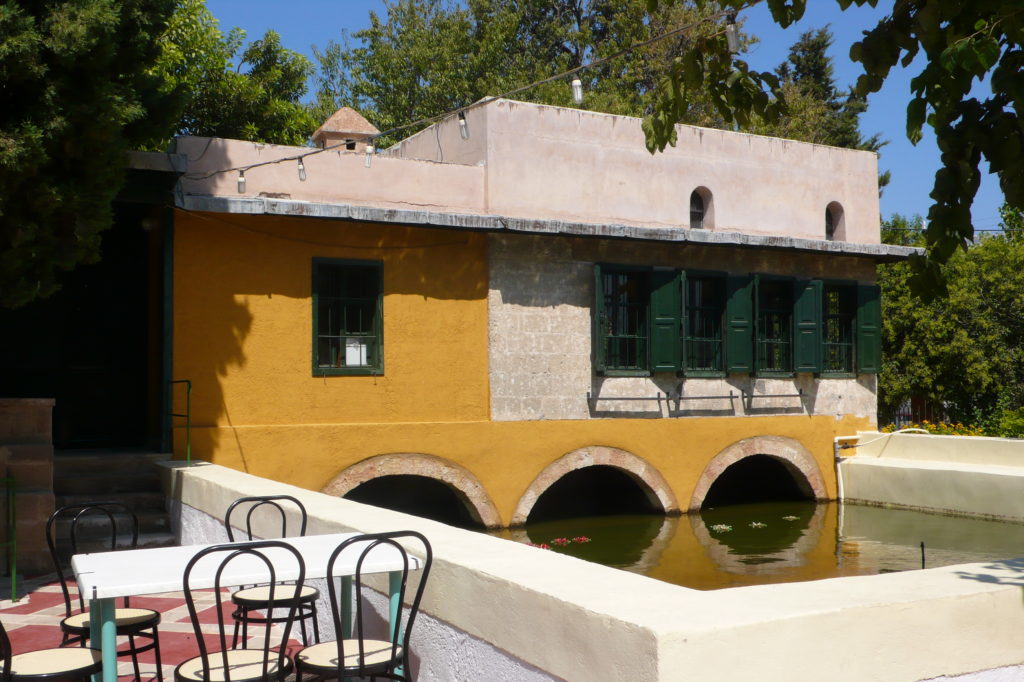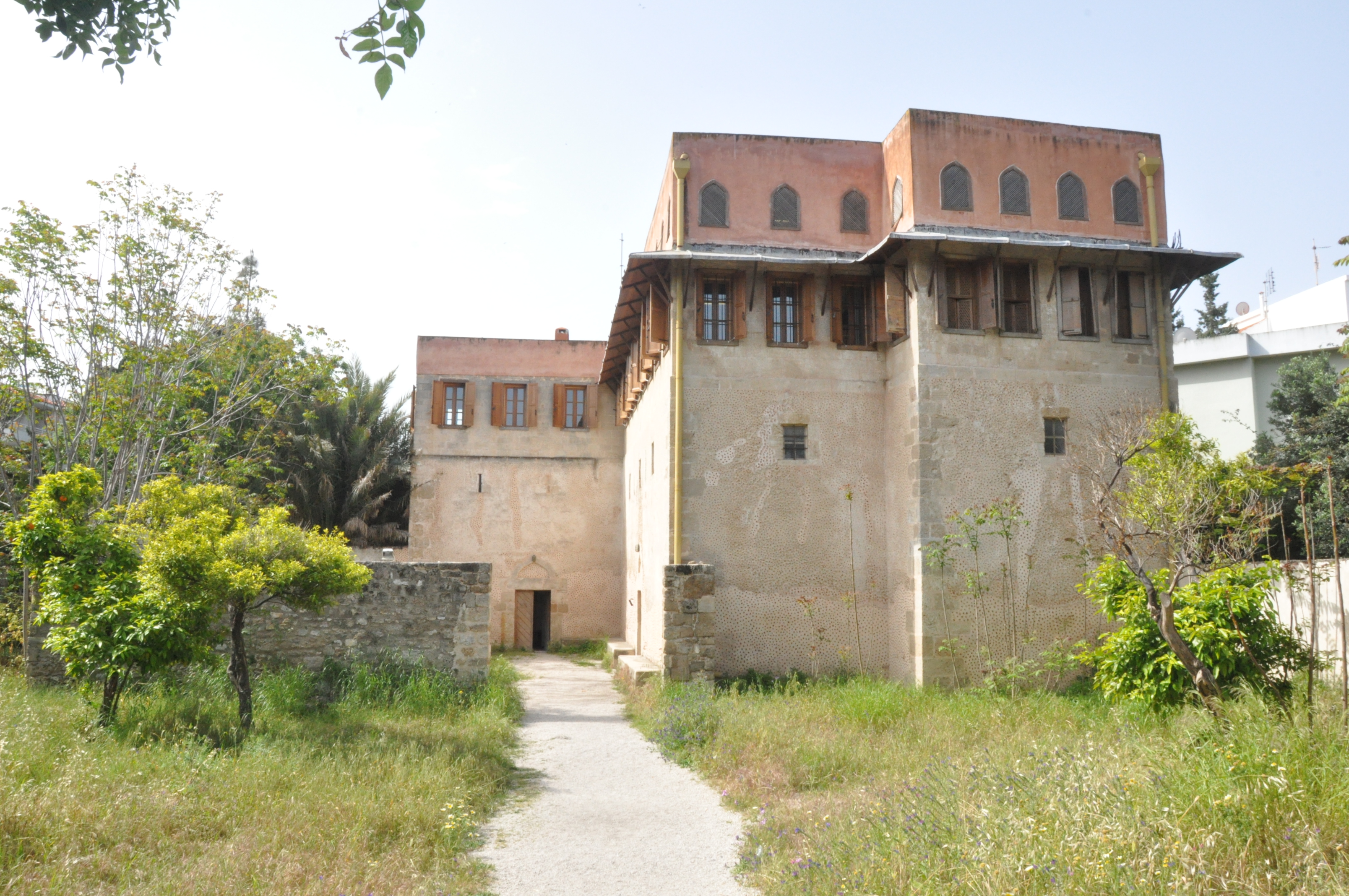by Artemis Papatheodorou
Home to the Colossus, one of the seven wonders of the ancient world, the island of Rhodes is also famous for having been the headquarters of the Medieval Knights of Saint John. Their surviving fortifications that encircle the old town are nowadays on the UNESCO list of World Heritage. Yet less known is the period that came after the Knights. Do you happen to know who succeeded them as overlord of this small Mediterranean island? In 1522, the Ottoman Sultan Suleiman the Magnificent defeated the Knights and led his forces into the town of Rhodes. There started a new era that was to last nearly 400 years. The Ottomans dotted Rhodes with beautiful mosques and hamams that one can still see these days while taking a stroll in the old town. Be this as it may, this article will take us outside the city walls in an adjacent area that once upon a time was full of gardens and orchards and a few Ottoman tower-houses.
The metallic rings on the interior walls much perplexed the architect in charge of the restoration work taking place at the Toptsubasi manor. “Were these used to keep the windows in place once open?,” he asked Ms Melike, the last tenant of the Ottoman tower-house complex and descendant of the family that once upon a time owned the land and its edifices. “No, Mr Paris,” she responded. “They were used to hang the hammock of the baby in a place where the breeze would keep the baby cool in the warm summer days.” You can still find these rings in one of the rooms of the second floor of the main building, the tall building that towers over the orchard. An Austro-Hungarian coin from 1816 found built into the tower-house and Ms Melike who informed the architect that her grandfather had been born in that house helped Mr Paris date it to between 1816 and 1870. That is the closest we can get to the construction year of the main tower while the smaller buildings of the complex seem to antedate it.

Given that no other tower-houses survive on Rhodes, we are lucky that the Toptsubasi manor has made it to our days. During the Second World War, the complex was expropriated by the Italian state. The idea was to demolish it and build in its place houses for the Italian public servants who would serve on the island. The war put the plans on hold and when, after peace was finally concluded, Rhodes was united with Greece, the Toptsubasi complex passed over to the Greek state. Years of disuse and neglect led the complex to a dilapidated state. Then in the mid 1980s, the Municipality of Rhodes took the matter into its hands. For about seven years, architects, engineers and masons spent their days taking care of this little known gem from Ottoman times.

Nowadays the restored tower-house is home to public and municipal services. Thanks to this, anyone interested in the building may enter. Mesmerized will he be by the high arch of the ground floor that smooths out the austere lines of the ceiling. Unfortunately, after a good period of serving as a coffee place, the second-in-size building remains inaccessible. But you cannot miss the pool in front of it where in the hot summer days there plunged a child Ms Melike with her friends. That was a long time ago… Would you dive that much deep in history and visit the Ottoman tower-house of Rhodes?

